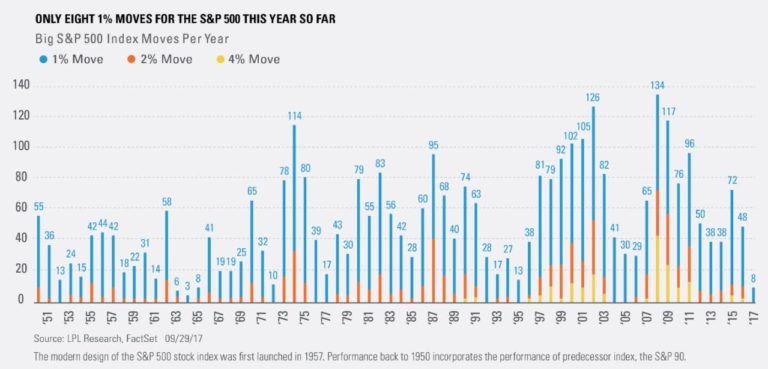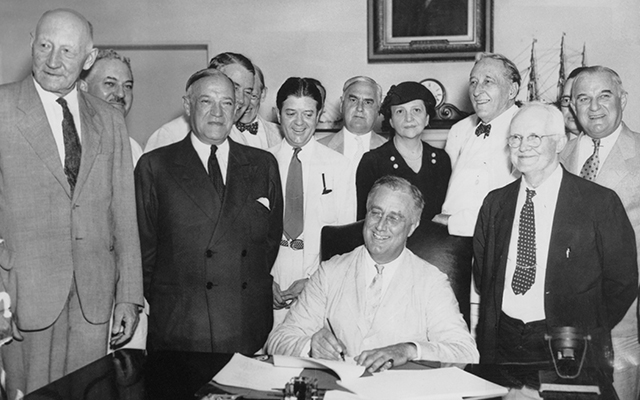Student Loans: Assess the Situation (Part 1 of 2)
It is near impossible to cover every student loan situation, payback option and variable in an individual’s life with a blog post. I recommend using the information below as a starting point and combining it with personal knowledge of yourself and your resources to mount a plan of attack for your scenario.
Navy Seals and Student Loans
Recently, I listened to an old episode of The Tim Ferriss Show in which he interviewed 2006 commander of Seal Team 3, Jocko Willink, to discuss the tough situations he faced in The Battle of Ramadi. Jocko said that the best way to face a menacing situation is to first remove yourself emotionally and then look at the puzzle with clear eyes. I couldn’t have said it better myself: student debt should be viewed analytically much like a tactical situation. This post is meant to help you assess your current situation and to get your feet moving in the right direction. We will discuss what to do with this information in Part 2.
Assess the Situation
It’s time to layout your federal and private student loan details.
- First, go to nslds.ed.gov to find a list of all your federal student loans.
- Once you follow the above link then click on Financial Aid Review, create an FSA ID, and continue in creating your account to view your loans and their corresponding details.
- Things you will need: Your social security number, first and last name, date of birth, and PIN that was assigned to you by the U.S. Department of Education when you completed your FAFSA. If you don’t have your PIN then go to pin.ed.gov or call 1-800-4FED-AID and request your PIN.
- Second, find your Private loan details. These can be found, for free, once a year at annualcreditreport.com. While reviewing your credit report, take stock of the entire report to ensure the information regarding any other debts is correct.
- Lastly, input all your loans in one central location like an excel spreadsheet or word document. You will want to have the information below in your document. This information will be important when we talk through repayment plans in Part 2.
 Relevant interest rates (initial and current if there has been any change)
Relevant interest rates (initial and current if there has been any change)- Type of loan (Stafford, Grad PLUS, Perkins, Private, etc.)
- Who holds the loan (parent, student, etc.)
- The amount owed (original amount owed and current amount, if interest has accrued)
- Loan type (subsidized or unsubsidized)
- Date loan started
- Which loans currently have forbearance and deferment
- Monthly payment amount
What does this mean for my income?
The average student leaves college with $30,000 in student loan debt. To pay this off in 10 years with a 4% interest rate, the monthly payment would be $303.74. That adds up to $3,644.80 every year, which means a $30,000 loan will cost $36,448 to pay off. We wish all student loans were that simple; sadly it gets far more complicated. In our next blog post, we will go into the details of the different repayment plans and what to consider when it comes to paying off student loan debt.
Sticky Debt
Remember the financial and emotional value of paying off debt and freeing yourself and future generations from the bondage that accompanies. This is especially true for student loans, as they typically won’t disappear after chapter 7 or 13 bankruptcy. Even after death, student loans can be passed on to the inheritors if the loan is private.
Another quote by Jocko is “Discipline equals freedom” which at first seems counter-intuitive. However, if we can be disciplined in paying off debt, we will experience the freedom (both financially and mentally) of being debt-free.








